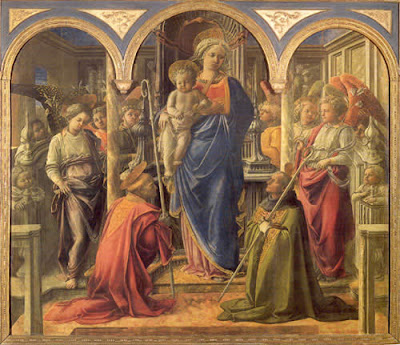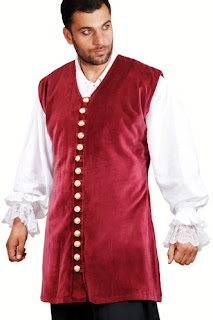There is no doubt that a lot of political, economical, cultural and artistic activities took place in the renaissance age. A number of renaissance men and women gave their contributions in the flourish of different fields of art and science. Sculpture, painting, renaissance clothing and there were many other aspects, in which the society progressed. On the other hand, a huge growth had also been witnessed during that period.
Medici was unquestionably one of the big names during that period, whose contribution in the renaissance era can never be overlooked. It was a banking family, a political dynasty and later on became a royal family. Prominent contribution of this family is recognized in the economic growth of the society; however, it has some other contributions also. For instance, four popes of Roman Catholic Church were produced by this family. The popes from Medici family included Pope Leo X from 1513 to 1521, Pope Clement VII from 1523 to 1534, Pope Pius IV from 1559 to 1565, and Pope Leo XI in 1605. So, this family had a great role in papacy also. Moreover, Catherine de' Medici (1547–1559) and Marie de' Medici (1600–1610) were two regent queens of France, who were from Medici Dynasty. The family also became hereditary Dukes of Florence in 1531 A.D.
Besides, the Medici family gained prominence in the wool trade in 14th century. It will be significant to mention that wool was used in manufacturing the medieval clothing as well as some renaissance costumes. France and Spain were two major centers of the wool trade. Besides, the family also rose to power through its social network with elite families by means of partnership, employment and the marriage of convenience. Some of the big families of that period included Salviati, Bardi, Cavalcanti and the Tornabuoni. The foundation of this family is thought to be done by Averardo de' Medici. His son Giovanni di Bicci created the Medici Bank and became the one of the richest men in Florence. Besides, he gained the good support for introduction of proportional taxing system. His son Cosimo the Elder, Pater Patriae, became the unofficial head of states of the Florentine Republic in 1434. Florence was ruled by three successive generations of Medici in a big part of 15th Century. They altogether abolished representative government, still they clearly dominated it.
Medici is supposed to be one of the contributors in the commencement of proper banking system. Today also, many of the facets of the renaissance age influence the modern age including the banking system. This is the reason why renaissance period is supposed to be the era, which showed the path to the modern times.


 1490s is the time when costumes began to acquire a Renaissance look of extravagance in Europe. Even within this framework, different parts of Europe followed different styles. England followed a more mediaeval look in Renaissance dresses than other parts of Europe. Flowing lines, puffed long sleeves, head-dresses, velvet and silk lined with brocade and laces became the norm in aristocratic
1490s is the time when costumes began to acquire a Renaissance look of extravagance in Europe. Even within this framework, different parts of Europe followed different styles. England followed a more mediaeval look in Renaissance dresses than other parts of Europe. Flowing lines, puffed long sleeves, head-dresses, velvet and silk lined with brocade and laces became the norm in aristocratic 
 Renaissance costume had some really interesting designs for both men and women; the designs were more of lavish as well as sophisticated. Furs and silks were mainly used as it depicted luxury and status. It was kind of showing of one’s social status through means of clothing. It is generally believed that fashion came into existence with the era and nothing like style or trend was seen before this. Initially these renaissance clothes restricted the movement but later it changed eventually. Layers were generally preferred and women costumes included skirt, vest, bodice, collar and an underskirt. Men’s wear consisted of coats and clothes that gave a square look to man’s body. Lots of padding was done to make the shoulder broader. They also wore long tunics which went down to the knees. Men’s fashion focused on material that had a bold look, long sleeves were preferred, tight body garments, brimmed caps and leather jackets.
Renaissance costume had some really interesting designs for both men and women; the designs were more of lavish as well as sophisticated. Furs and silks were mainly used as it depicted luxury and status. It was kind of showing of one’s social status through means of clothing. It is generally believed that fashion came into existence with the era and nothing like style or trend was seen before this. Initially these renaissance clothes restricted the movement but later it changed eventually. Layers were generally preferred and women costumes included skirt, vest, bodice, collar and an underskirt. Men’s wear consisted of coats and clothes that gave a square look to man’s body. Lots of padding was done to make the shoulder broader. They also wore long tunics which went down to the knees. Men’s fashion focused on material that had a bold look, long sleeves were preferred, tight body garments, brimmed caps and leather jackets.